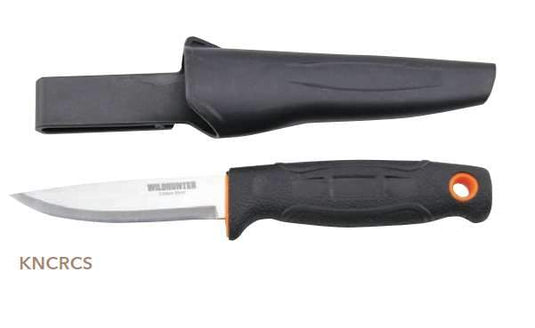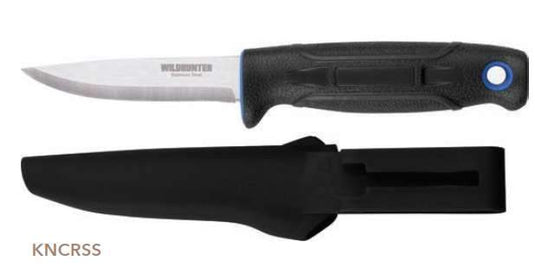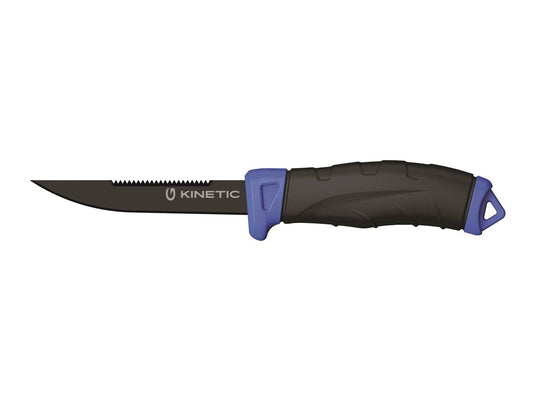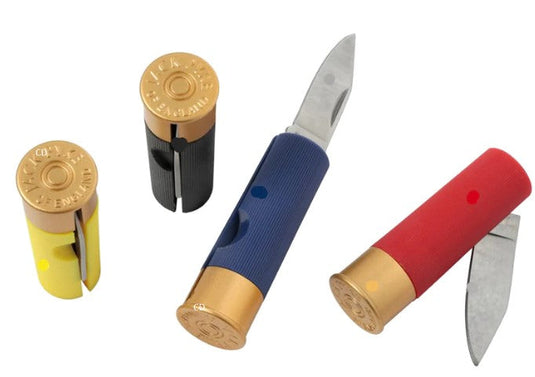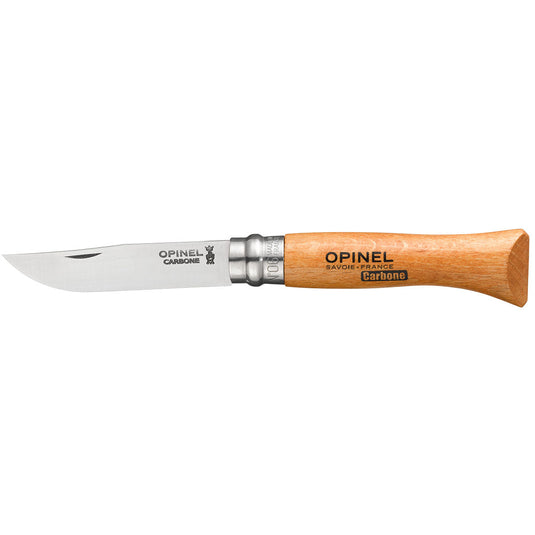Choosing the Best Hunting Knife: A Guide for Outdoor Enthusiasts

Whether you're an avid hunter or a weekend adventurer, having the right hunting knife can make a significant difference in your outdoor experience. A good hunting knife is versatile, durable, and fits comfortably in your hand. This guide will help you navigate the various aspects of choosing the perfect knife for your hunting needs.
1. Understanding Knife Types
Before diving into the specifics, it's important to understand the different types of hunting knives:
-
Fixed Blade Knives: These knives have a blade that does not fold and are typically stronger due to the absence of moving parts. They're excellent for demanding tasks like skinning and butchering game.
-
Folding Knives: These are more compact and safer to carry when not in use. They're suitable for hunters who prioritize portability and light packing.
-
Replaceable Blade Knives: A newer category, these knives allow you to swap out blades easily. They're perfect for hunters who dislike sharpening blades or need sharp blades readily available.
2. Blade Shape and Material
-
Blade Shape: The shape of the blade determines its suitability for specific tasks:
- Drop Point: Ideal for general hunting tasks, featuring a curved spine that adds strength.
- Clip Point: With a more pronounced point, it's great for precision tasks like dressing smaller game or carving.
- Gut Hook: Useful for field dressing as it helps in making clean cuts inside the game without damaging internal organs.
-
Blade Material: The most common materials are stainless steel and carbon steel. Stainless steel is rust-resistant and low maintenance, whereas carbon steel holds a sharper edge longer but requires more care to prevent rust.
3. Handle Ergonomics and Material
The handle should feel comfortable in your hand and provide a firm grip, even in wet conditions. Handles can be made from a variety of materials:
- Synthetic: Materials like G10, Micarta, and rubber provide excellent durability and grip.
- Natural: Wood and bone handles offer a classic look but might require more maintenance and can be slippery when wet.
4. Size and Weight
Consider the knife's size and weight based on your physical comfort and the typical game you hunt. A larger knife can handle bigger game and tougher tasks but can be cumbersome to carry and use for smaller tasks. Conversely, a smaller knife is easier to handle and carry but may not be sufficient for larger game.
5. Additional Features
- Sheath: A good sheath is crucial for safety and accessibility. Look for one that securely holds the knife and can be easily attached to your gear.
- Multi-Functionality: Some hunting knives come with additional features like a built-in fire starter or a sharpener. Consider whether these added functions will be useful or if they might add unnecessary weight and complexity.
6. Maintenance and Care
Regardless of the type and quality of your hunting knife, regular maintenance is key to longevity. Clean and dry your knife after each use, and sharpen it regularly to keep it in optimal condition.
7. Brand Reputation and Warranty
Finally, consider purchasing from a reputable brand that offers a good warranty. Brands like Buck, Gerber, and Benchmade are known for their quality and customer service.

